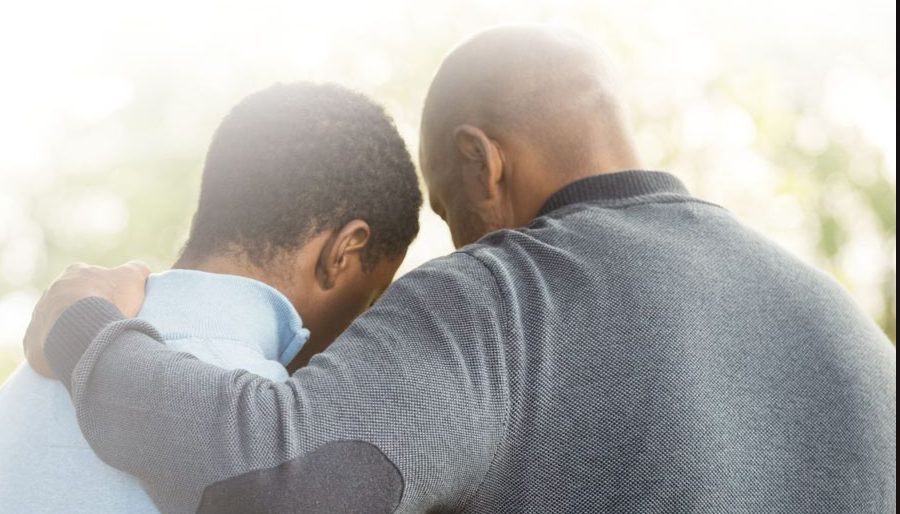
The Four Tasks of Mourning
The four tasks of mourning are key aspects of finding healing. These tasks are featured in our Understanding Grief workshop and based on the work of Dr. J.W. Worden.
Task #1: Accept the reality of the loss
After a loved one dies, grieving individuals will often experience shock and disbelief that the death occurred. These sorts of feelings are normal and help to protect the person from the overwhelming pain of the loss. When the griever accepts the reality of the loss they acknowledge that the person is dead and will not return. This acceptance needs to occur both intellectually and emotionally.
Attending the funeral and talking to others about your loss can help the grieving individual begin to accept the loss.
Task #2: Process the pain of grief
Although pain is not a desirable experience, it is important for healing to acknowledge and work through the pain of grief. If this acknowledgement does not occur, it will become manifest through physical symptoms and/or abnormal behaviors.
Letting yourself feel the strong emotions of the grieving process can be exhausting and make it difficult for the individual to function. Be compassionate with yourself as grieving is occurring and realize that one day you will function normally again.
Task #3: Adjust to a world without the deceased
There are three types of adjustments that need to be made after losing a loved one: external, internal, and spiritual. External adjustments may require learning new skills and taking on roles that the deceased performed. Internal adjustments are required to form a new sense of self without the person who died. Spiritual adjustments are needed because death can alter or damage a person’s fundamental beliefs and they lose a sense of control in their lives.
Task #4: Find an enduring connection with the deceased while moving forward with life
Completing this task involves finding an ongoing, appropriate connection in our lives emotionally with the person who has died, while also reserving the energy needed to continue living.
Grieving individuals need to find ways to find satisfaction in their lives socially, emotionally, and practically. There is a recognition that life can be lived again and other people can be a part of your life.
(Adapted from: Worden, W. W. (2009). Grief counseling and grief therapy: A handbook for the mental health practitioner (4th ed.). New York, NY. Springer Publishing)


